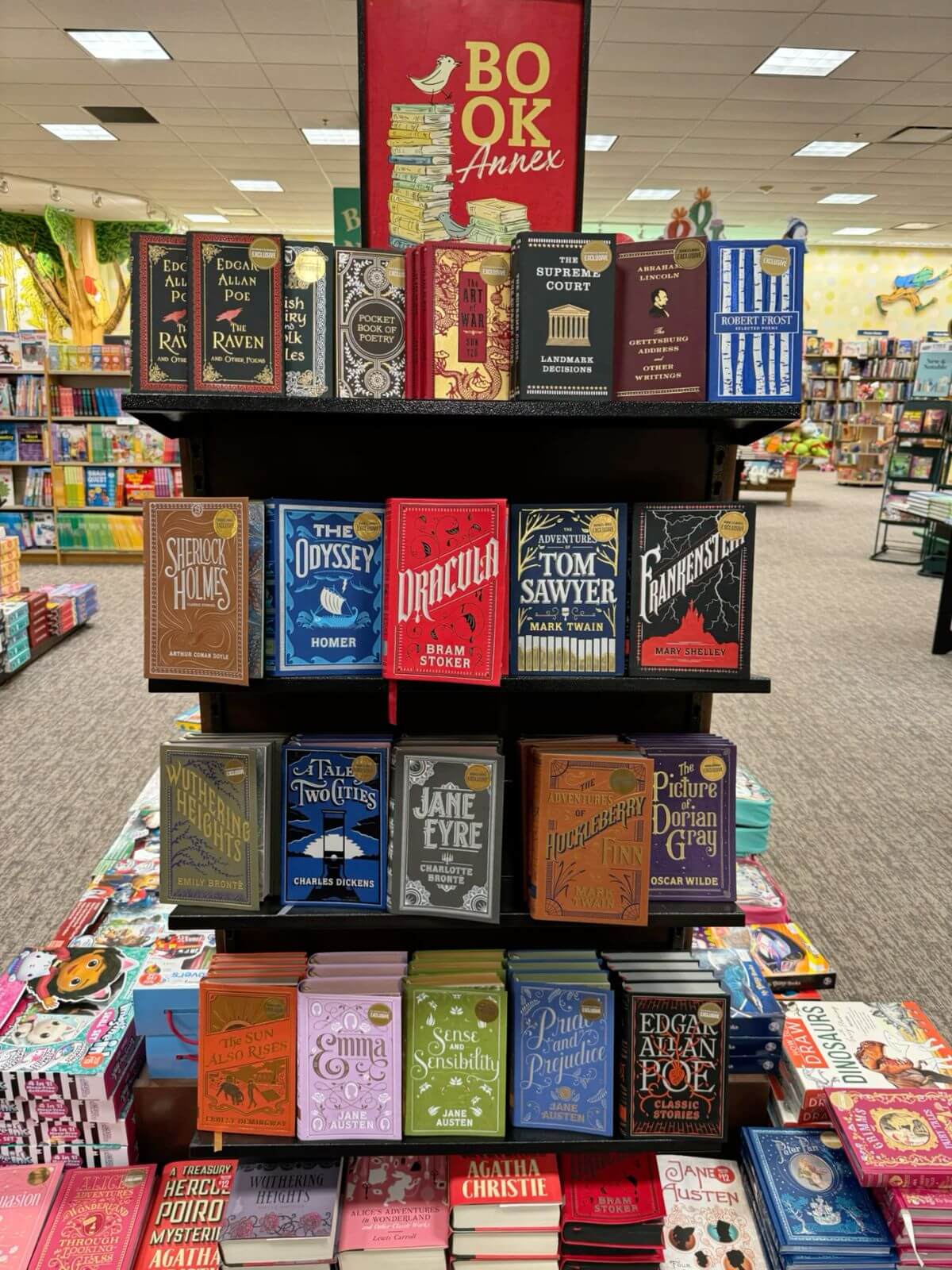
Publishing a book used to feel like trying to break into a gated mansion. You needed a literary agent to even knock on the door, then had to convince a traditional publisher that your story was worth printing.
The entire process could take months or years, and even then, rejection was common. But that’s no longer the case. Today, platforms like Barnes & Noble Press give you the keys to publish your book on your own terms. No gatekeepers involved.
Barnes & Noble Press makes it possible for you to upload your manuscript, create a beautiful cover, set your pricing, and start selling in days.
Whether you’re writing a novel, a memoir, a cookbook, or even a collection of poems, you can now make your work available to thousands of readers without waiting for anyone’s approval. It feels more direct, more personal, and way more empowering.
I remember the first time I saw my book go live on the Barnes & Noble website. It was surreal. That tiny green button that said “Published” felt like I’d opened a new chapter in my writing career.
What makes publishing on Barnes & Noble especially appealing is its ability to connect you with a loyal base of readers who still love browsing bookshelves.
More than just uploading to a faceless algorithm, you’re entering a marketplace curated by real booksellers and trusted by lifelong readers. The reach is wide, especially in the U.S., and the platform makes room for both new authors and established names.
Let’s dive into what sets Barnes & Noble apart, how the publishing process works from start to finish, and how you can turn your manuscript into a published book that readers can buy online or even discover in-store. It’s more achievable than ever, and you’re closer than you think.
What is Barnes and Noble known for?
Barnes & Noble has been a household name in American publishing for decades, and for good reason. With more than 600 stores across the U.S., it’s the most recognizable brick-and-mortar bookseller in the country. Walk into any Barnes & Noble, and you’ll notice it’s a full experience, not just a bookstore.
Tables are carefully arranged with new releases, staff picks, and indie highlights. The smell of coffee from the in-store café blends with the scent of paperbacks. Readers of all ages are welcome, from toddlers exploring picture books to retirees hunting for their next historical novel.
The company is deeply committed to books and the people who write and read them. It offers more than shelves of titles. It hosts author readings, book signings, storytime events, and book clubs. Its stores are curated by real booksellers who handpick selections that reflect local interests.
That gives your book a fighting chance to be discovered by readers who are browsing with purpose, not just clicking through a screen. For indie authors, that kind of exposure is rare.
While Amazon has the edge in algorithm-driven sales and international logistics, Barnes & Noble has something different: physical presence, trust, and tradition. It’s one of the last major retailers that still actively invites readers to flip through actual pages before buying.
You don’t need to be everywhere. But you do need to be where your readers are, and a lot of them are still walking through the doors of Barnes & Noble.
Barnes & Noble Press, the company’s self-publishing arm, lets you upload your book directly into this ecosystem. You can publish both eBooks and print books, and once approved, they’re available on BN.com and the NOOK platform.
Reaching a U.S.-based audience is easier this way because readers shopping on B&N are often looking for curated recommendations rather than random search results.
For authors like me, it feels more personal. There’s something special about seeing your book listed next to bestselling titles, knowing it’s not buried in a sea of sponsored listings or shuffled by mysterious algorithms.
Barnes & Noble is known for putting authors and readers at the center, and in a world that’s become increasingly digital, that kind of approach still matters.
Is Barnes and Noble owned by Starbucks?
No, Barnes & Noble and Starbucks are completely separate companies. The confusion happens because so many Barnes & Noble locations have Starbucks cafés inside them.
You’ll often see people reading a book with a caramel macchiato in hand, so the partnership feels seamless, but it’s just a licensed agreement, not a shared business.
Barnes & Noble staff are the ones brewing your drinks. The café operates under Starbucks branding, but the employees, menu decisions, and daily operations are managed by Barnes & Noble.
This setup allows the bookstore to offer a familiar and cozy coffee experience without Starbucks having any control over the book business.
You can enjoy a tall latte next to a pile of novels, but Starbucks doesn’t call the shots in the boardroom. The two brands simply complement each other.
It’s the kind of partnership that creates an inviting atmosphere, one that encourages you to linger longer, browse deeper, and maybe discover a book you didn’t plan to buy.
As someone who’s spent hours writing in a B&N café corner, I can say the blend of coffee and creativity works beautifully. But when it comes to ownership, Barnes & Noble runs its own show.
Is Barnes and Noble closing in 2025?
Barnes & Noble is not closing in 2025, far from it. The rumors floating around online are just that: rumors. What’s really happening behind the scenes is a full-scale revival. The company has been rebuilding its brand, updating its stores, and breathing new life into the experience of book buying.
Under CEO James Daunt, the shift has been strategic and intentional. He’s the same person who successfully brought the UK’s Waterstones back from the edge of collapse. At Barnes & Noble, his focus has been on decentralizing control.
Store managers now have more freedom to choose what books to feature, which authors to promote, and how to serve their local communities. That means a store in Boston might look and feel very different from one in Phoenix, and that’s exactly the point. Each store reflects its own neighborhood.
In 2023 alone, Barnes & Noble opened over 30 new stores across the U.S., including locations in cities where bookstores had been absent for years. Even more are scheduled to open in 2025, which is a clear signal that the brand is doubling down on growth, not shutting doors. That kind of momentum speaks volumes.
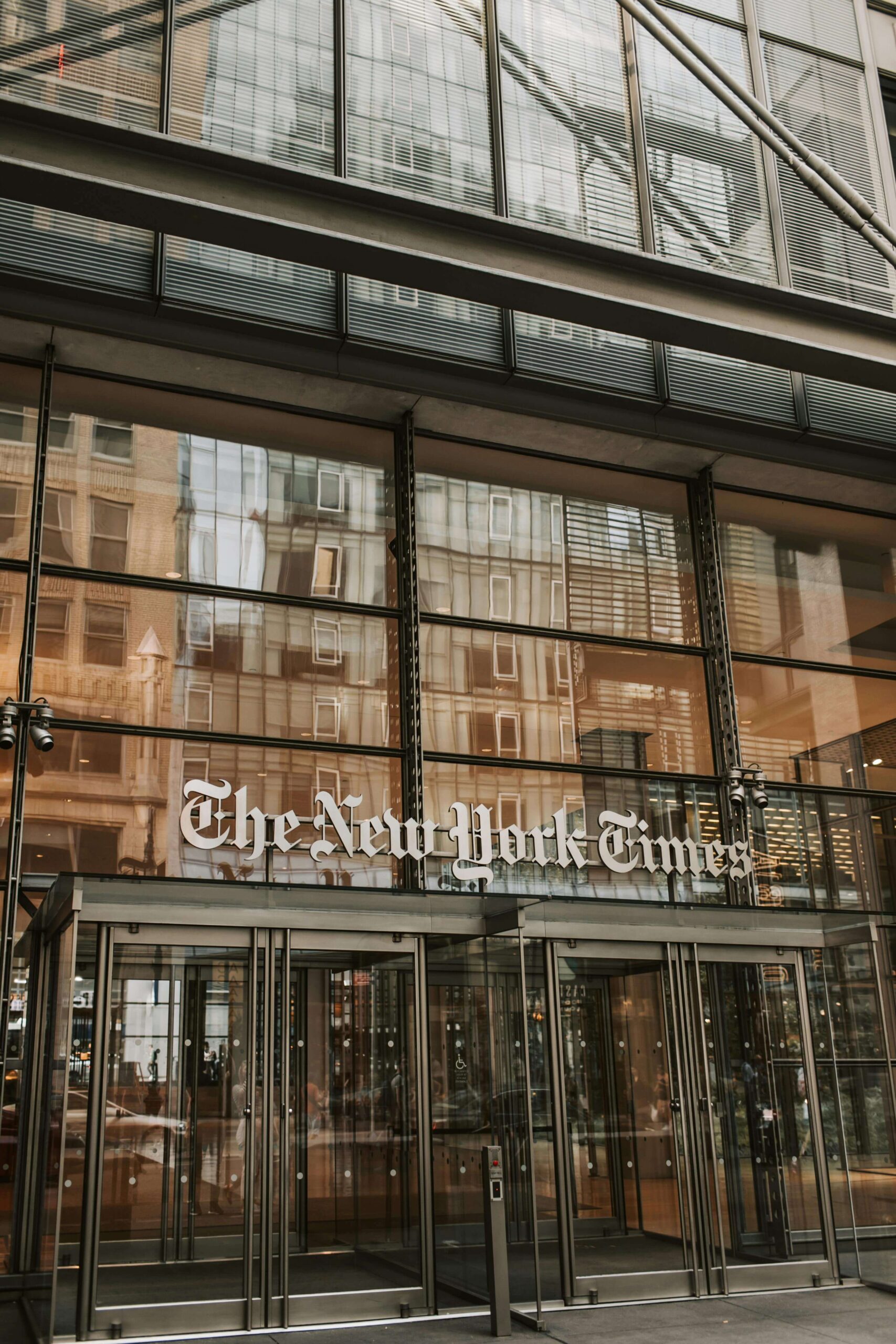
In his interview with The New York Times, Daunt explained that the company has gone from losing money to turning a profit. For a retail chain of this size, that kind of financial turnaround doesn’t happen by accident. It comes from leadership that understands both business and books.
As an author, seeing a bookstore chain thrive in the middle of a digital-dominated era is encouraging. It means there’s still a place for physical books, real shelves, and genuine discovery.
It also means Barnes & Noble continues to be a solid option for self-published authors who want their work taken seriously.
How Barnes & Noble Publishing Works
Publishing through Barnes & Noble Press is refreshingly simple, even if this is your first time. The platform is designed to make the process smooth, whether you’re tech-savvy or still figuring things out one step at a time.
To start, you’ll need to create a B&N Press account by heading over to press.barnesandnoble.com. Signing up takes minutes. Use your author name or business email, and once you’re in, you’ll have access to your own publishing dashboard.
Next, it’s time to upload your manuscript. Barnes & Noble accepts EPUB files for eBooks and print-ready PDFs for physical books. They offer templates and guides to help you format everything correctly, including margins, font sizes, and trim dimensions.
I found these resources helpful when publishing my first book. It saved me hours of frustration and made everything look more professional.
For your cover, you have two options: upload a finished design or use the built-in Cover Creator tool. The tool is simple but effective. It lets you select from layouts, insert your title, author name, and even drag and drop a back cover summary or author photo.
You’ll still want to pay attention to design elements because a strong cover is your first sales hook. Whether you go custom or stick to the templates, make sure it reflects your genre and audience.
Once your files are ready, you’ll set your pricing and royalty preferences. You get to choose the price for both your print and eBook formats. Barnes & Noble offers up to 70% royalties for eBooks and around 55% for paperbacks, depending on page count and print cost.
Compared to other platforms, those numbers are competitive, especially since you’re not paying to upload or distribute your work.
After hitting publish, your book will appear on bn.com and the NOOK Store. You can track sales and downloads right from your dashboard. The reports update regularly, and it’s satisfying to see your efforts reflected in real numbers.
There’s something about checking your royalties and seeing someone bought a copy in a different state. It makes it feel real.
The entire publishing flow on Barnes & Noble Press is clear, clean, and beginner-friendly. There’s no upfront fee to get started, no subscription, and no premium tier to unlock basic features.
It’s one of the few platforms where what you see is what you get. For indie authors who want to retain control, keep their rights, and launch a book with minimal friction, it’s an excellent choice.
How Barnes & Noble Differs From Other Publishers
Amazon KDP reaches readers in nearly every country, but Barnes & Noble brings something to the table that can’t be downloaded: a presence in the real world.
When you publish through Barnes & Noble Press, you’re aligning your work with a company that still values shelf space, personal recommendations, and face-to-face interaction with readers.
That opens up a different kind of opportunity, especially for authors who want to connect locally or regionally before scaling globally.
Readers of all ages are welcome, from toddlers exploring picture books to retirees hunting for their next historical novel.
One of the biggest advantages is the potential for in-store placement. When your book gains traction through B&N Press, you can apply to have it stocked in actual Barnes & Noble stores.
Local author programs give you a chance to introduce your work to readers who browse the shelves, talk to staff, and attend book signings. That physical exposure means your book isn’t just a thumbnail in a massive catalog. It’s something people can touch, flip through, and buy on the spot.
I remember walking into my local Barnes & Noble and seeing a display of indie authors from the area. It made me think, That could be me.
Another standout is human curation. Unlike Amazon, which leans heavily on automated algorithms and sponsored rankings, Barnes & Noble lets real booksellers make decisions. Staff picks, table displays, and themed collections are chosen by people who love books, not software.
That kind of curation levels the playing field. A strong story, a great cover, and the right pitch can get you noticed, even without a massive ad budget.
Barnes & Noble also runs indie spotlight promotions throughout the year. These curated features highlight select self-published books in both the NOOK Store and across bn.com.
Getting featured means more eyes on your book, more clicks, and more sales, all without having to outbid a major publisher in a pay-to-play environment.
For authors who care about building a sustainable presence and want their work to live both online and offline, Barnes & Noble stands out. It gives you a chance to build visibility in a trusted bookstore brand while retaining the freedom and flexibility of self-publishing.
That’s a rare combination in today’s publishing world, and one that’s worth exploring.
Pros and Cons of Publishing Through Barnes & Noble
Publishing through Barnes & Noble Press has its advantages, especially if you’re looking to tap into the U.S. market with little to no upfront cost. The platform gives you freedom over your work, control over your pricing, and tools to help you grow.
But like any publishing route, it’s not perfect.
One of the biggest pros is that you keep full rights to your book. You’re not signing away creative control, exclusivity, or future adaptations. You decide how the book is published, priced, and updated.
That flexibility makes it easier to experiment and adjust based on your audience’s response. I’ve been able to tweak my cover design, update metadata, and even revise my book description after launch, all without jumping through hoops.
You also earn competitive royalties. On Barnes & Noble Press, authors can earn up to 70% on eBook sales and roughly 55% on print books, depending on the page count and print cost.
There’s no publishing fee, which lowers the barrier for first-time authors. That means you can publish on a tight budget and still put out a professional-looking book.
Barnes & Noble’s reputation helps, too. The brand is trusted by readers across the U.S., especially those who still prefer shopping at a real bookstore or browsing titles on bn.com.

Publishing here gives your book instant credibility in a space where buyers expect curated quality. The platform also offers basic marketing features like discount pricing and social media-friendly product pages that make it easier to promote your book online.
On the flip side, Barnes & Noble’s distribution is limited mostly to U.S. readers. While it’s a solid platform for reaching American audiences, it doesn’t offer the global reach that Amazon KDP does. International customers may have trouble accessing your paperback unless you use other distribution services alongside it.
Print books published through B&N Press are available on bn.com, but they don’t show up in other online stores or bookstores by default. That means you’ll likely need to use IngramSpark or another service if you want your paperback available in places like Book Depository or IndieBound.
Discoverability can also be a challenge. Unless your book is picked up by Barnes & Noble staff for a curated list or featured slot, you’ll need to handle your own marketing.
Success on the platform often depends on how much effort you put into driving traffic to your B&N listing through social media, email newsletters, podcasts, or local events.
Despite those limitations, publishing on Barnes & Noble Press remains a smart move for authors who want to focus on the U.S. market. You’re building your readership on a respected platform without losing control over your work.
For me, it’s been a valuable part of my publishing strategy, and one that works best when paired with a broader plan to reach readers in other channels.
Requirements for Publishing on Barnes & Noble
Getting your book ready for Barnes & Noble Press isn’t complicated, but there are a few things you’ll need to have in place before you hit publish. The platform is designed to make self-publishing simple, but your book still has to meet certain quality standards to be accepted, and more importantly, to sell.
Start with a professionally formatted manuscript. For eBooks, you’ll need to upload an EPUB file, which ensures proper reflowable formatting on NOOK devices and apps. For print books, a PDF with embedded fonts and correct margins is required.
A messy layout or inconsistent font sizing can turn off readers fast. There are free tools that help with formatting, but I found it worth paying a freelancer on Fiverr to polish mine the first time around. It made a huge difference.
Your cover image also matters more than you might think. Barnes & Noble accepts JPG or PNG files, and they need to be high-resolution to avoid blurry or stretched visuals.
Whether you use their Cover Creator tool or hire a designer, the cover should look clean, genre-appropriate, and professional. Readers really do judge a book by its cover, especially on platforms like this where thumbnails do a lot of the selling.
Barnes & Noble requires an ISBN for each edition of your book (eBook and print). You can use your own or get one for free through B&N Press. Using your own ISBN gives you more control over metadata and publishing rights, especially if you plan to distribute on other platforms.
I started out with the free ISBN and upgraded later once I knew the book was worth pushing to wider markets.
To help your book show up in searches, make sure your author bio and book description are well-written and keyword-rich. These pieces affect how your book appears on bn.com and help readers decide whether to click. Think of your book description as your sales pitch.
Seeing your book listed next to bestselling titles, knowing it’s not buried in a sea of sponsored listings or shuffled by mysterious algorithms.
Avoid fluff and focus on the hook. Your author bio should reflect your voice and genre. If you’re writing thrillers, lean into your love of suspense. If it’s self-help, mention what qualifies you to teach or guide others.
Lastly, have your tax information and payment details ready. Barnes & Noble pays royalties through direct deposit, and they require standard tax forms like W-9 or W-8BEN, depending on your location. Getting this part set up early keeps your payments smooth and avoids delays once the sales start coming in.
The entire setup, from creating your account to uploading your files, can be done in less than a day if you’re organized. I remember sitting at my desk, hitting publish, and realizing I hadn’t needed anyone’s permission. That moment alone made the prep work worth it.
Examples of Books Made Popular by This Publisher
Barnes & Noble has played a surprising role in the success stories of several bestselling titles. The platform may not always get the spotlight that Amazon does, but it has helped launch the careers of authors whose books now dominate bestseller lists, book clubs, and even Hollywood studios.
Take “A Court of Thorns and Roses” by Sarah J. Maas, before becoming a global phenomenon with a traditional publishing deal, it first gained traction through the Barnes & Noble audience. It climbed the retailer’s top-seller lists, and that momentum caught the attention of bigger publishers.
Today, Maas’s books dominate fantasy shelves and TikTok feeds alike, but part of that journey started with visibility on B&N.
Then there’s “Where the Crawdads Sing” by Delia Owens, which quietly grew into a cultural touchstone. The book’s popularity accelerated thanks to strong in-store placement at Barnes & Noble.
Staff picks, endcap displays, and reader word-of-mouth fueled interest until it exploded into a publishing hit, eventually becoming a Reese’s Book Club pick and a major motion picture. Readers discovered it on the shelves before it became a household name.
“The Paper Magician” by Charlie N. Holmberg is another great example. The book was self-published and caught the attention of B&N readers who loved its fresh magical concept.
That support helped Holmberg gain enough visibility to attract a broader audience. Later, Amazon Studios picked up the rights to adapt it for the screen, and her publishing career took off.
Barnes & Noble also curates an “Indie Favorites” list, where self-published authors are spotlighted throughout the year. Books selected for this list are often handpicked by staff based on quality, relevance, and reader appeal.
Getting featured gives your title a chance to be displayed alongside major publishers, and that kind of placement can lead to a real boost in visibility.
These examples show that self-published authors can absolutely build careers through Barnes & Noble. It’s a platform where strong storytelling still rises to the surface, even without a six-figure marketing budget.
I’ve seen firsthand how a book with a compelling hook and polished presentation can catch the right reader’s attention. And sometimes, that’s all it takes to start something big.
Easy Options Available for Self-Published Authors
Barnes & Noble Press makes publishing feel less overwhelming, especially when you’re doing it on your own for the first time. Everything is laid out in a way that’s clear and approachable, which is a huge relief when you’re juggling everything from editing to promotion on your own.
The free Cover Creator gives you a solid starting point for designing a professional-looking book. It includes customizable templates that let you plug in your title, author name, back cover copy, and even upload an author photo.
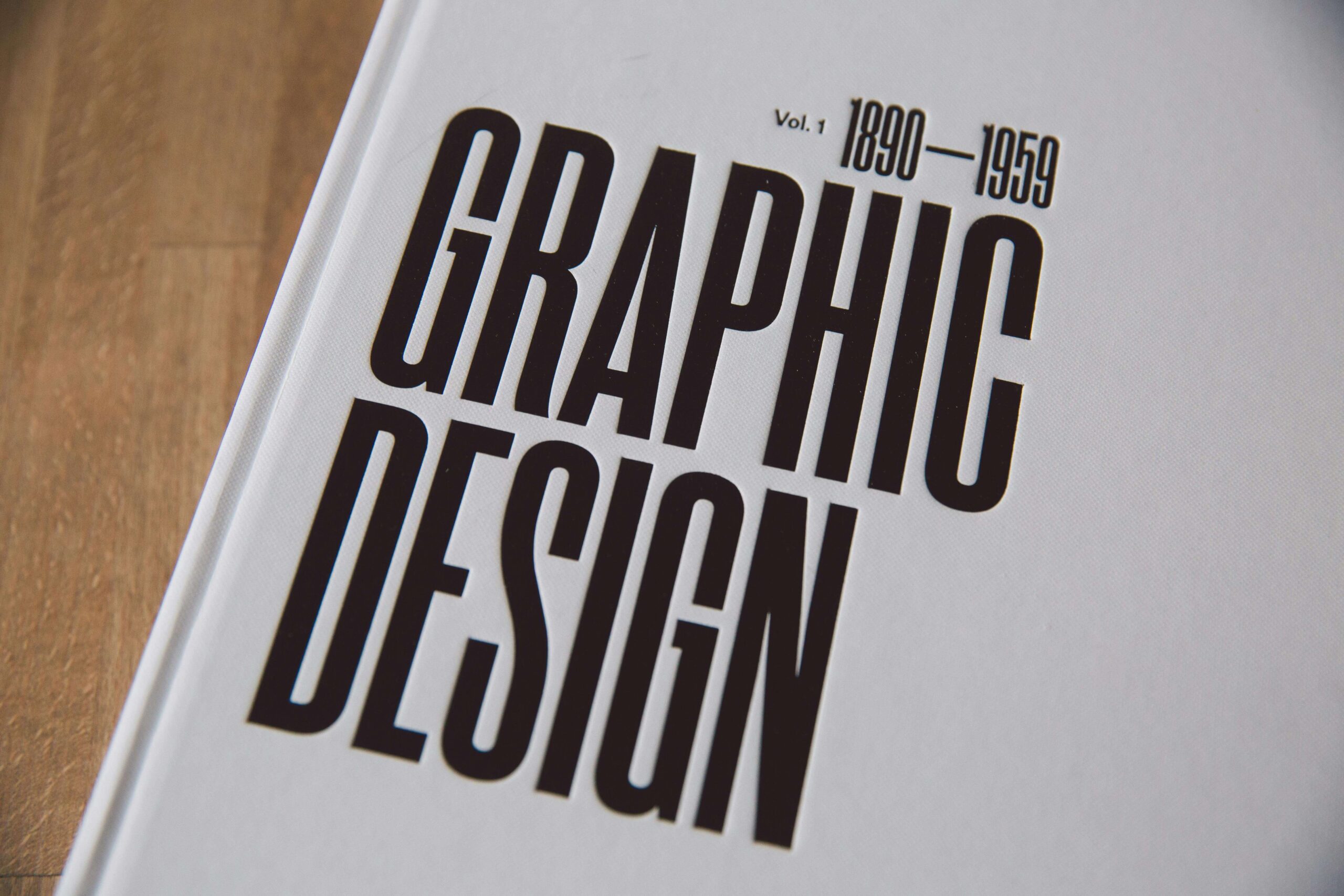
You can adjust fonts, layout, and background images without needing expensive design software. A clean, sharp cover makes a difference. It’s the first thing readers see, and Barnes & Noble gives you the tools to get it right even on a tight budget.
The interior formatting guides are another helpful feature. These resources walk you through things like page size, margins, headers, and font choices.
Whether you’re publishing fiction or nonfiction, the guides ensure your book looks polished and readable. You won’t have to guess what works or spend hours searching forums. It’s all there in one place.
Once your book is live, you’ll have access to real-time sales dashboards. These let you track how your book is performing across formats, print and eBook, without digging through spreadsheets. Seeing those first few sales pop up is honestly motivating. It makes you want to keep going, keep marketing, and keep publishing.
The platform also offers direct publishing support. There are built-in tutorials, how-to articles, and a detailed FAQ section that covers everything from ISBNs to royalty calculations. Whenever I ran into a hiccup, like a formatting glitch or a question about updating my file, the answers were usually one click away.
Having worked with both Amazon KDP and Barnes & Noble Press, I’ve noticed that B&N’s platform is quieter in a good way. You’re not bombarded with constant upsells or overwhelmed by extra steps. The focus stays on your book and your reader, which helps you make progress without getting stuck in the tech.
For authors who want to hit publish without drowning in complexity, Barnes & Noble Press offers a setup that’s actually enjoyable to use. It gives you control without making the process feel like a maze.
Tips to Maximize Book Sales on Barnes & Noble
Publishing your book on Barnes & Noble Press is a strong first move. But to actually sell your book, you need to go beyond uploading files and hoping for the best. You’re a marketer, a brand builder, and someone who knows how to get eyes on a good story, not just an author.
Start with keyword-rich metadata. This is what tells the platform, and search engines, what your book is about. Choose your categories carefully, and sprinkle in terms your readers are already searching for.
Phrases like “romantic fantasy,” “slow-burn romance,” or “self-help for women in their 30s” can lead readers straight to your page. The more specific and relevant you are, the better your book will rank in B&N search results.
Your launch price can also affect momentum. Set it too high and you risk turning away curious readers. Set it too low and you might undercut your book’s perceived value.
A sweet spot often lies in pricing your eBook between $2.99 and $4.99 during launch week. This invites new readers to give it a shot without hesitation, and if they like it, they’ll likely recommend it to others.
Once your book is live, make it visible. Promote it across platforms where your target audience hangs out. Goodreads is great for building an author presence and collecting reviews. Instagram and TikTok, especially Bookstagram and BookTok communities, are goldmines for reader engagement.
I’ve posted short quotes, behind-the-scenes writing videos, and even shared screenshots of my Barnes & Noble sales dashboard. It builds credibility, and it makes people curious. Always link to your Barnes & Noble product page in your posts.
There’s also real value in connecting with your local Barnes & Noble store. Reach out to the store manager with a polite email or in-person visit. Bring a printed copy of your book, a one-sheet with your cover and synopsis, and offer to do a reading or signing.
Reviews, endorsements, or awards help your pitch land stronger. Many B&N locations support local authors and hold monthly events. It’s a chance to get your book on the shelf and into local hands.
You can enjoy a tall latte next to a pile of novels, but Starbucks doesn’t call the shots in the boardroom.
Think of Barnes & Noble as more than a platform. It’s a partner that helps you reach readers who still love physical books, curated displays, and store events. These readers trust the B&N brand and are more likely to take a chance on a new name when it’s presented professionally.
Publishing on Barnes & Noble won’t flip a switch and make you an overnight bestseller. But it gives your book a home that readers trust. It gives you tools that work. And it gives your brand the physical presence, so many indie authors skip.
I’ve learned through trial and error that writing a good book isn’t enough. The real work is getting it into the right hands, and Barnes & Noble has helped me do that without asking me to give up my rights or play by someone else’s rules.
So go ahead. Upload your book, promote it like you mean it, and treat this like a serious business. You don’t need to be everywhere. But you do need to be where your readers are, and a lot of them are still walking through the doors of Barnes & Noble.
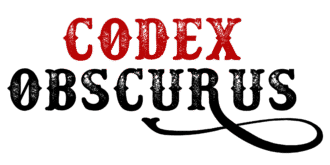



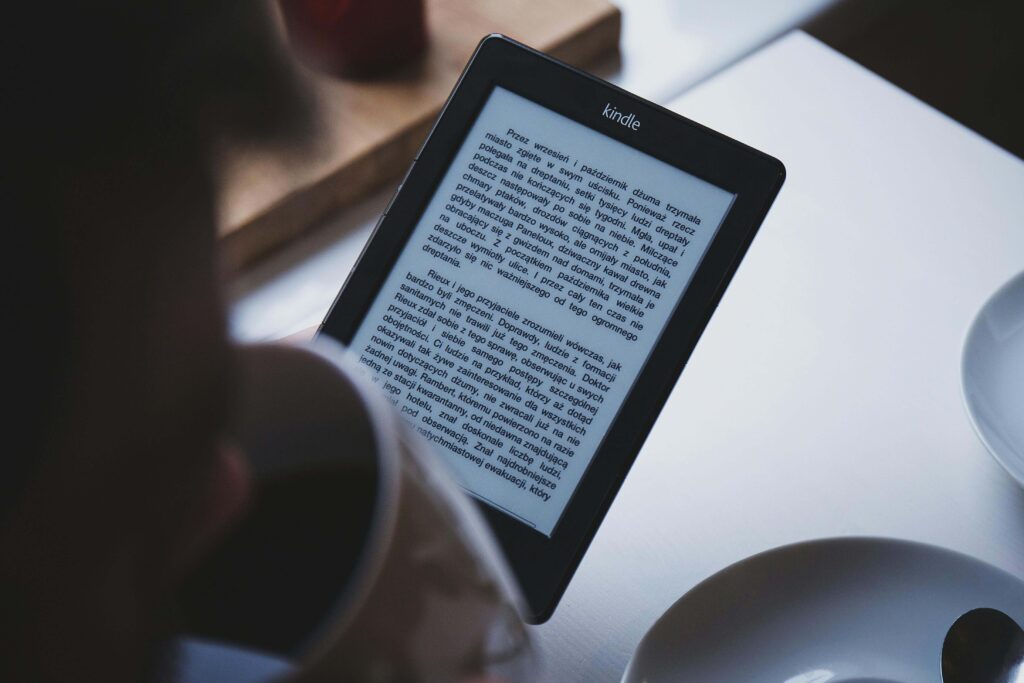
Pingback: How to Publish on IngramSpark: A Beginner’s Guide
Thanks , I’ve just been looking for info about this topic for ages and yours is the greatest I have discovered so far. But, what about the bottom line? Are you sure about the source?
After study a few of the blog posts on your website now, and I truly like your way of blogging. I bookmarked it to my bookmark website list and will be checking back soon. Pls check out my web site as well and let me know what you think.